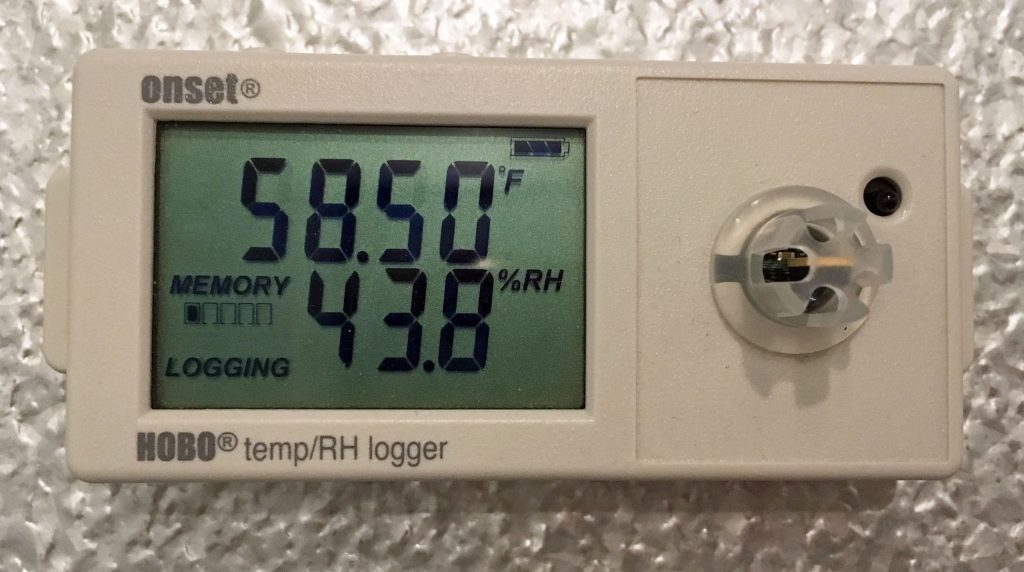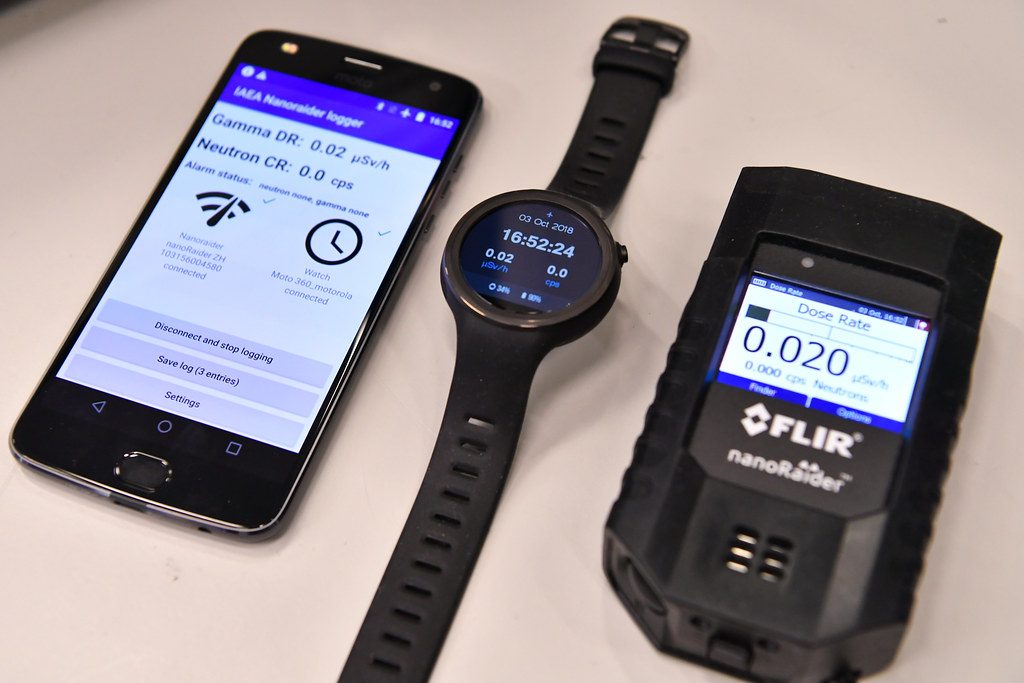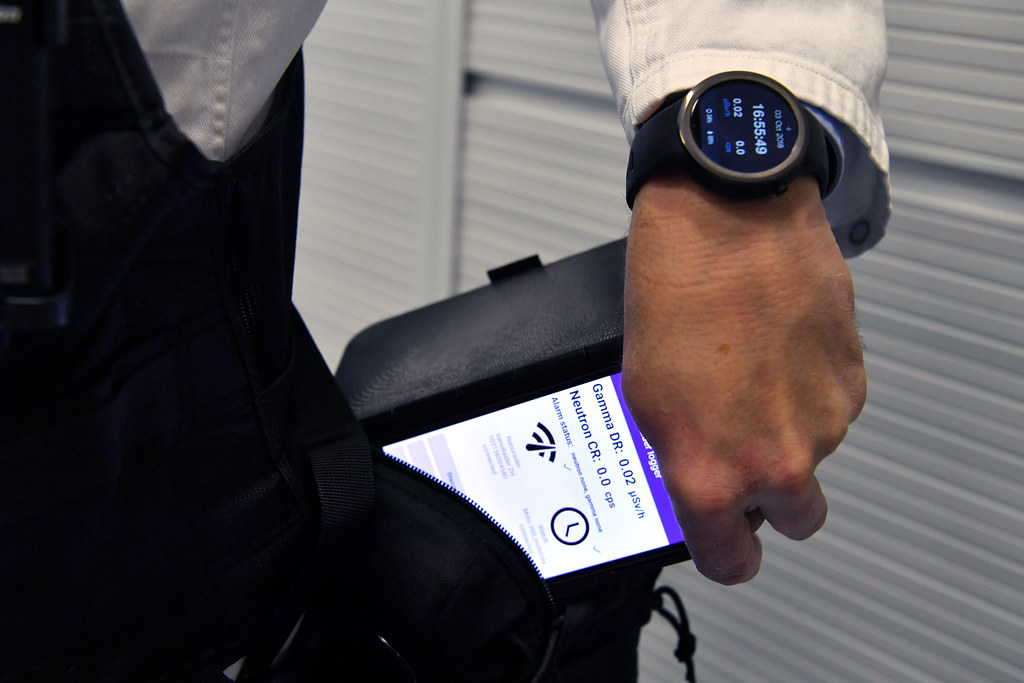A data logger is an incredible self-reliant device that’s used in various industries for the measurement of various metrics and parameters vital to both productivity and safety. Still, in order to understand both why these devices are so important, as well as why they are so effective, we first need to understand the basics about the way in which they work. With that in mind and without further ado, here is a basic rundown about how the majority of data loggers work.
Why are they so self-reliant?
The best thing about a data logger is the fact that every single resource they need already exists on the device. For instance, since it’s powered by a battery, it already has its own energy source. Its internal microprocessor is in charge of processing the data, which is later sent to its internal data storage. Other than this, it’s important to mention that the device gathers this data via its own sensor ports which, combined with all the above-mentioned features, makes it completely self-reliant.
What kind of input do they take?
The issue that interests a lot of people the most is the type of input that these data loggers take. Most commonly, these are the basic sensory input types like pressure, temperature, humidity, voltage and current. On the other hand, they can also collect data based on the number of parts made, the number of faults, downtime, run time and operator changes. In other words, in the plethora of industries, when applied correctly, these data loggers can provide you with all the information that you need in order to improve your enterprise.

What are their applications?
The applications of data loggers are quite numerous. First of all, a reliable data logger can be used to verify the temperature and the humidity level in the area, which can be crucial for storing and gathering data related to the data logger. Second, these data loggers can be used to provide information regarding the building maintenance, sine it also detects information about the ventilation and energy conversion. In agriculture, these devices can be used in order to assess whether the conditions in which the crops are grown are adequate, as well as to sell alarm if they are not. The application of these devices in the medical field is quite self-explanatory.
How long do their data loggers record?
One of the best things about data loggers is the fact that, due to the simplicity of format in which the data is kept, their records are kept for quite a long time. Still, this depends on the volume of data collection. In general, it can keep 10,000 samples in total, which means that the duration of recording depends on the sample rate. Take the number of samples taken per minute and divide the total number of samples by it. There, you’ll have the duration of stored data.

How does one retrieve data from a data logger?
The very last thing you need to bear in mind is the fact that, provided that you’re retrieving the data from the logger on a regular basis, you don’t need a particularly long data duration, to begin with. The frequency at which you retrieve the data also depends on how you collect it. You can either directly access to the logger or wirelessly transmit it to a real-time connected device. The advantage of the latter method lies in the fact that it’s automatic and gives you an insight in real-time.
Conclusion
While it is not necessary that you understand how a data logger works in order to use it efficiently, knowing more never hurts. In fact, if you want to spearhead innovation of the industry, you need to have a much better understanding of every single tool that you’re currently using or that you intend to start using in the future. This way, you might even be able to come up with a new application for an old device.
